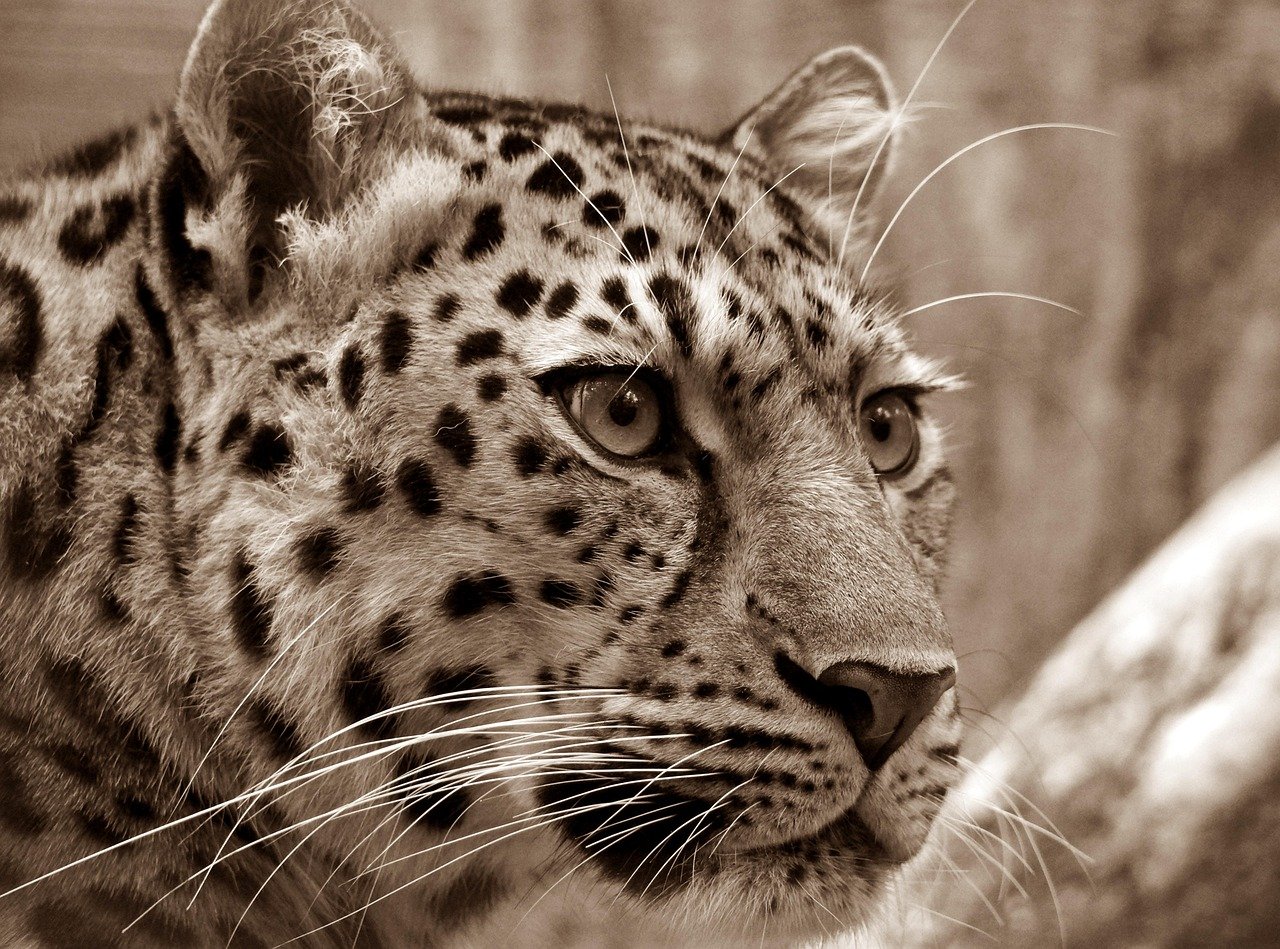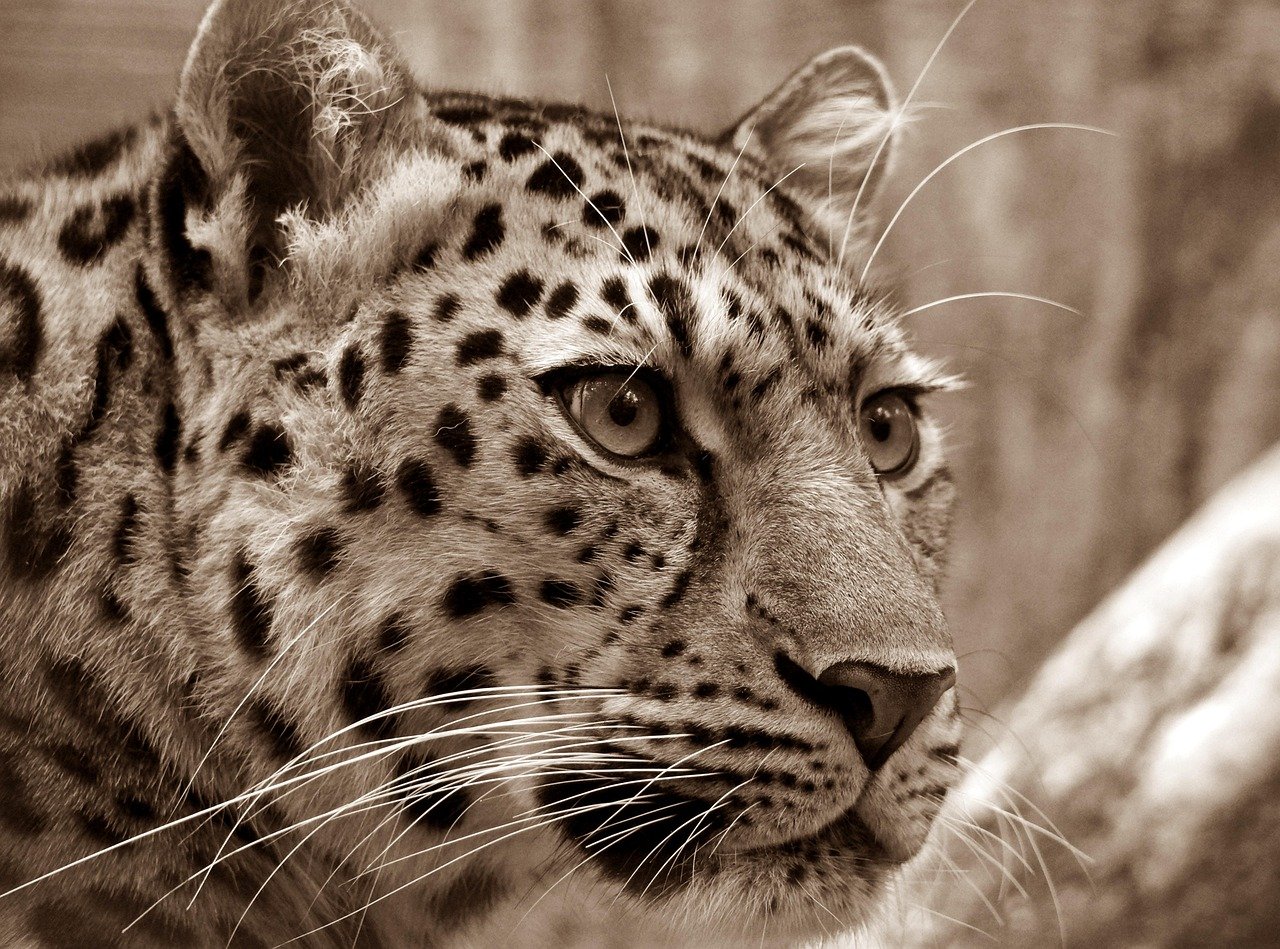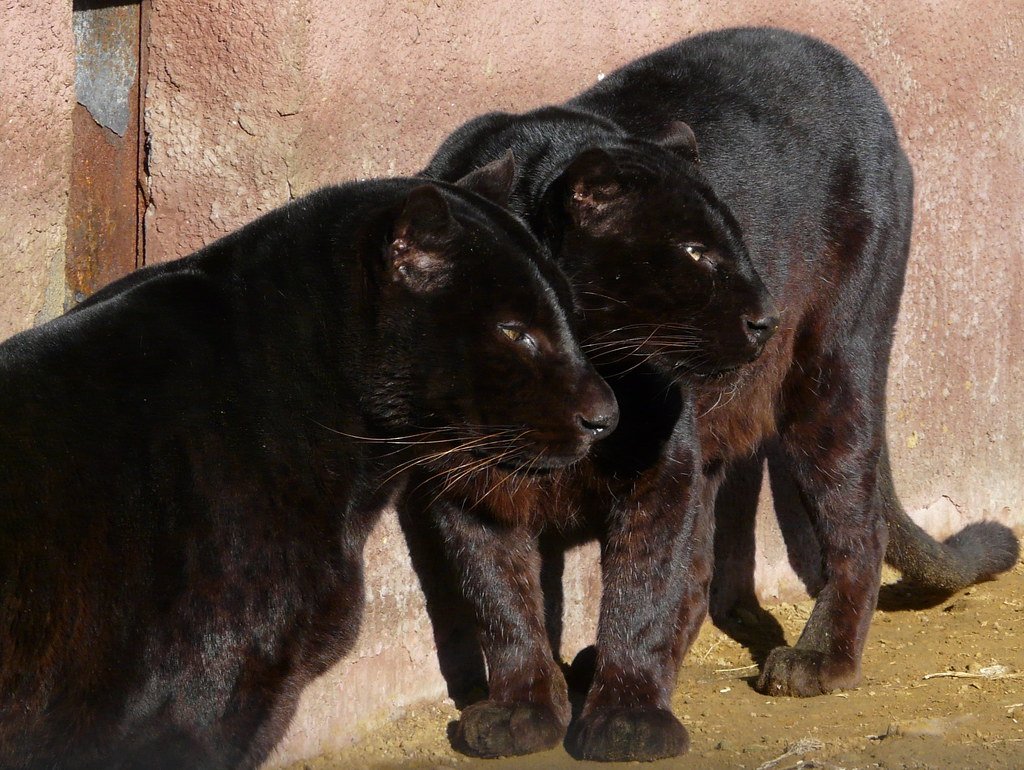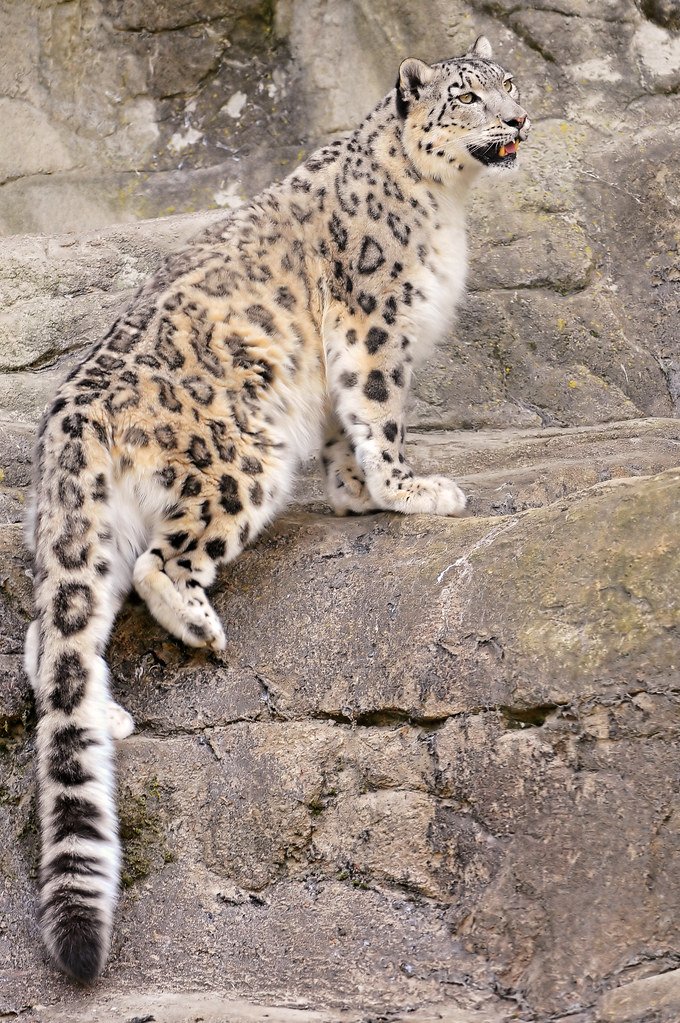Leopards Are Just Smaller Jaguars

This misconception drives wildlife experts absolutely crazy. While both cats sport gorgeous rosette patterns, leopards and jaguars are completely different species with distinct evolutionary histories.
Leopards are built for climbing and have longer, more slender bodies. Jaguars pack more muscle and boast the strongest bite force of any big cat. You can tell them apart by their rosettes too — jaguars have spots inside their rosettes, while leopards don’t.
They Only Hunt at Night

Sure, leopards love prowling under moonlight, but calling them strictly nocturnal is dead wrong. These adaptable hunters adjust their schedules based on prey availability, weather, and human activity in their territory.
In areas with lots of lion competition, leopards often hunt during daylight hours to avoid confrontation. Some populations are most active during dawn and dusk, making them crepuscular rather than nocturnal.
Leopards Can’t Swim

This myth probably started because people rarely see leopards in water. The truth? These cats are actually excellent swimmers who don’t hesitate to dive in when necessary.
Leopards regularly cross rivers, hunt fish, and even cool off in water during hot African days. Some populations in mangrove forests spend significant time in aquatic environments. They’re just more selective about their swimming compared to jaguars or tigers.
All Leopards Have the Same Spots

Every leopard’s rosette pattern is as unique as a human fingerprint. Scientists use these distinctive markings to identify individual cats in the wild, and no two leopards share identical spot arrangements.
The size, shape, and spacing of rosettes vary dramatically between individuals and even subspecies. Some leopards have tightly packed small rosettes, while others sport large, widely spaced patterns that look completely different.
Black Panthers Are a Different Species

Here’s a shocker that blows many people’s minds: black panthers are actually leopards with melanism, a genetic condition that produces excess black pigment. They’re not a separate species at all!
If you look closely at a black panther in the right lighting, you can still see the rosette patterns underneath the dark coat. This melanistic trait appears in about 11% of leopards in certain populations, particularly in dense forest environments.
They’re Weaker Than Other Big Cats

Don’t let their relatively compact size fool you — leopards are incredibly strong and arguably the most athletic of all big cats. Pound for pound, they might be the strongest climbers in the entire cat family.
A leopard can drag prey twice its body weight up a tree, something lions and tigers simply cannot do. They’ve been recorded hauling 200-pound antelopes into trees over 20 feet high. That’s like a human carrying a refrigerator up a ladder!
Conclusion

These spotted survivors have mastered the art of adaptation in ways that would make other big cats jealous. From their incredible climbing abilities to their unique individual patterns, leopards continue to surprise researchers with their remarkable capabilities.
Science keeps revealing new secrets about these magnificent cats, proving that assumptions about wildlife often crumble under careful observation. Next time you see a leopard documentary, you’ll know the real story behind those mesmerizing spots.
Which of these leopard myths had you completely fooled?
Hi, I’m Bola, a passionate writer and creative strategist with a knack for crafting compelling content that educates, inspires, and connects. Over the years, I’ve honed my skills across various writing fields, including content creation, copywriting, online course development, and video scriptwriting.
When I’m not at my desk, you’ll find me exploring new ideas, reading books, or brainstorming creative ways to solve challenges. I believe that words have the power to transform, and I’m here to help you leverage that power for success.
Thanks for stopping by, Keep coming to this website to checkout new articles form me. You’d always love it!






